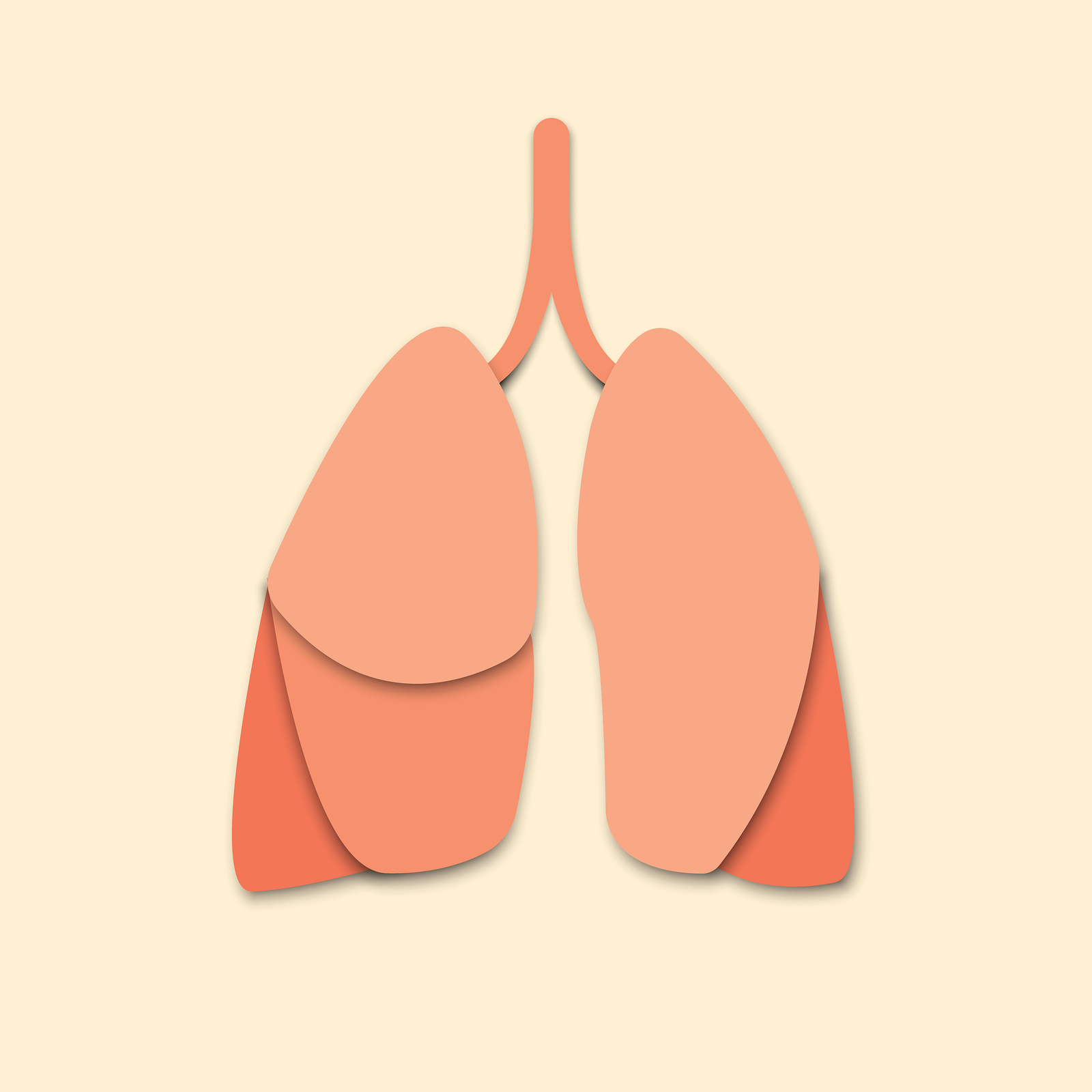
Cystic fibrosis affects the lungs by producing thick mucus lining the airways. This can lead to infection and inflammation causing lung damage. Physiotherapy can help to keep the airways clear of mucus and there are many methods used to do this, including breathing techniques, manual techniques and mechanical devices. Autogenic drainage is a very controlled technique of breathing which uses different depths and speeds of exhaled breath to move mucus up the airways resulting in a spontaneous or voluntary cough. It can be used without help, but requires training, concentration and effort. The authors looked at the effect of using autogenic drainage on lung function measurements and quality of life in people with cystic fibrosis, to discover whether using autogenic drainage was better or worse than other existing physiotherapy techniques for clearing the lungs.
They searched the literature for studies comparing at least two sessions of autogenic drainage with other breathing techniques and devices which help to clear the lungs of mucus. They included seven studies in the review involving 208 people with cystic fibrosis, aged between seven and 63 years of age. People were selected for one physiotherapy treatment or the other randomly. The number of people in the studies ranged from 17 to 75, and had a wide range of disease severity. The studies lasted from four days to two years in total.
The review did not find any clear evidence that autogenic drainage was better than the other techniques for lung function or quality of life in either the short-term or long-term studies. This was also true for our other outcome measures such as hospital admissions, additional antibiotic treatment, exercise tolerance and oxygen saturation, but in one study autogenic drainage was the preferred technique compared to postural drainage and percussion. Exercise was identified as a comparator for airway clearance by the authors of this review but no included studies used it in this way, even though it is often used as an alternative therapy by people with cystic fibrosis.
Overall, the quality of the evidence from the studies was judged to be mainly low or very low. The main problems for this being the small numbers of participants in each study, the unclear reporting of results in the studies and the study design used. In one study, which was classed as having a high risk of bias due to incomplete results, those taking part had to change physiotherapy technique halfway through the study and there were many who dropped out and did not comply with the postural drainage and percussion treatment arm. Five of the seven studies used research staff to assess results who did not know which technique each person was using and this improved the quality of the evidence and reduced any bias.
No comments:
Post a Comment